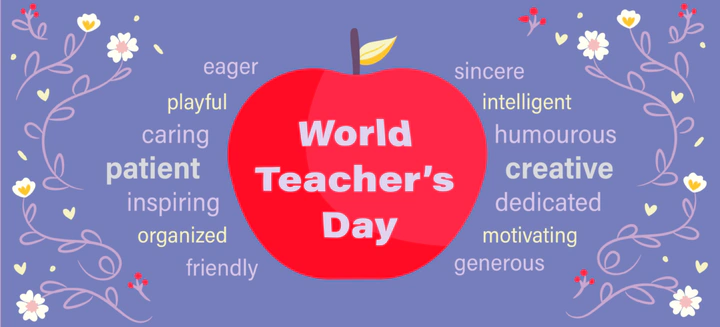World Teacher's Day

Grades 5 - 12
Canada celebrates World Teachers' Day annually on October 5. This day recognizes the significant contributions teachers make to education, and underscores the support they offer to their students.
The following data visualization tracks the number of teachers in public elementary and secondary schools in Canada over the past decade. We have also explored what students think about their teachers through our own survey.
To answer our questions
- We collected student enrollment data in Canadian provinces from the Statistics Canada website.
- The Callysto Team surveyed students on World Teachers' Day, where they were given a Google Form to anonymously share insights about their favourite teachers.
Visualizing the data
The line graph below shows the teacher-to-student enrollment ratio across different Canadian provinces and territories between the years 2003-2017.
The lines show how the teacher-to-student ratio varies from one province to another. British Columbia shows a decrease in the teacher:student enrollment ratio since 2006, while Newfoundland and Labrador saw the largest increase.
Next, this visualization below presents the responses to our survey from students who were asked to describe their favourite teachers.
Students used the words friendly, respectful, understanding, humourous, and caring most frequently to characterize their favourite teachers.
What words would you use to describe your favourite teacher?
Reflect on what you see
Look and interact with the data visualization above. When you hover your mouse over the plots, you’ll notice more information appear. You can also use the legend to make plots appear and disappear.
Think about the following questions.
- What do you notice about the graph?
- What do you wonder about the data?
Use the fill-in-the-blank prompts to summarize your thoughts.
- “I used to think _______”
- “Now I think _______”
- “I wish I knew more about _______”
- “These data visualizations remind me of _______”
- "I really like _______”
Learn how we visualized the data
Go to our walk-through (in Jupyter notebook format) to see how the data science process was applied to create these graphs, from formulating a question to gathering the data and analyzing the data with code.